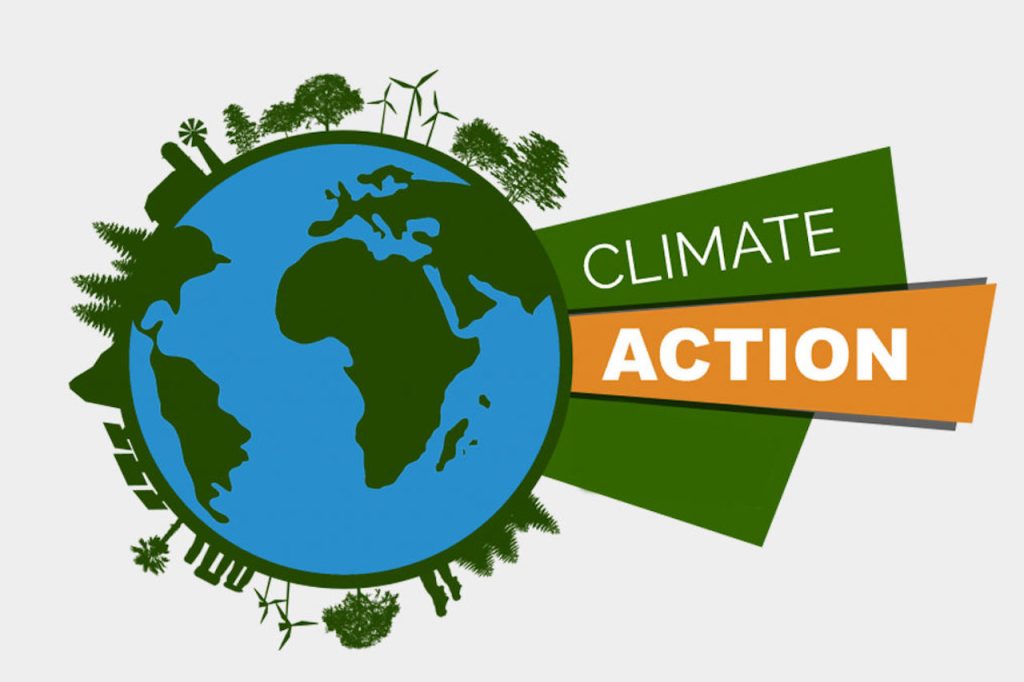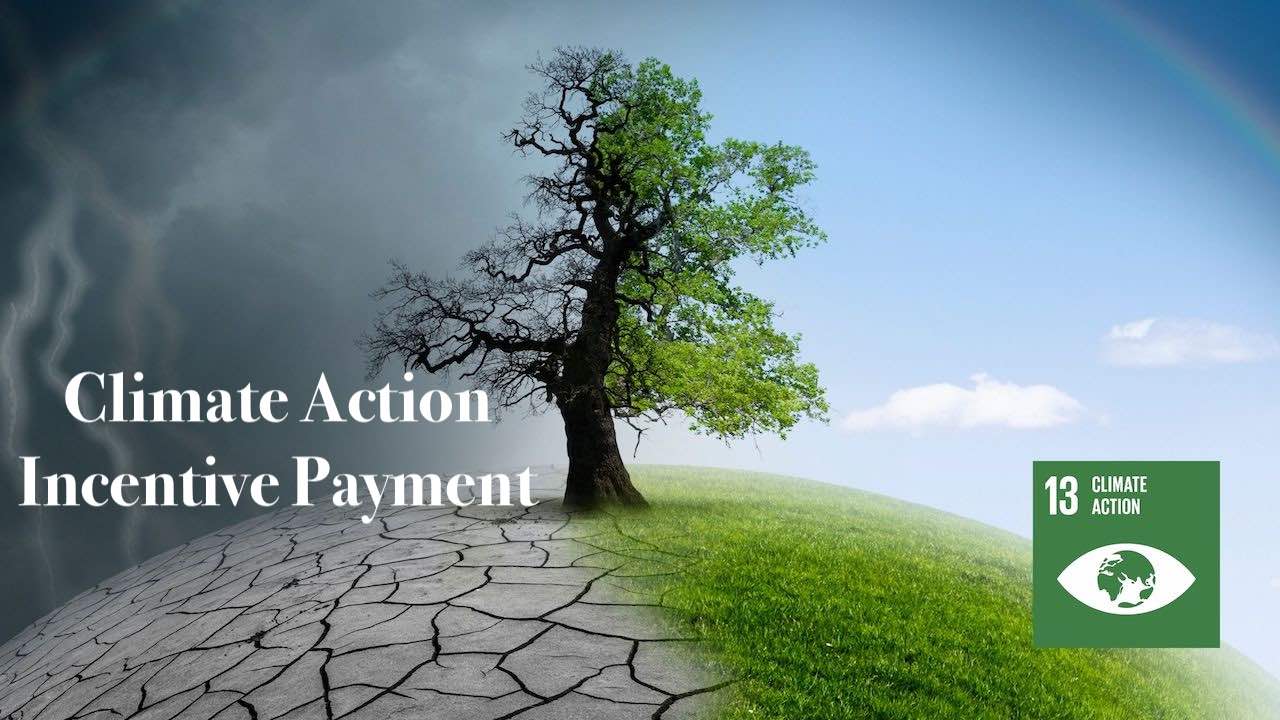The Climate Action Incentive Payment (CAIP) is a tax-free amount to assist eligible people and families in offsetting the cost of federal pollution pricing. It contains a basic amount and an extra supplement for citizens in small and rural neighborhoods.
Climate Action Incentive Payment
Before 2021, the CAI was a refundable tax credit claimed yearly on private income tax returns. For CAI credit information from 2018 to 2020, go to Tax packages for all years and choose the relevant year and province. Look for details about Schedule 14 – Climate Action Incentive. Must Check IRS Stimulus Checks 2024.
Who is eligible?
To get eligible for the CAIP, you must fulfill these 2 conditions at the beginning of the payment month:
- You must be a Canadian citizen prior to payment.
- To get eligible, you must be a citizen of a relevant CAIP province on the 1st day of the payment month.
To be qualified for CAIP, you must also fulfill one of the following standards:
Advertisement
Content in this Article
- 19 years old previous to CRA payment
If you’re under 19 and fulfill any of these conditions:
- You have/had a partner/common-law spouse.
- You are/were a parent living with your kid.
Eligible kids
If qualified for CCB, a credit for each kid will be included in the CAIP estimation.
To have a qualified kid, all of the following conditions must be met at the beginning of the payment month:
- Your child is under 19 years old.
- Your child lives with you.
- You are accountable for your kid’s maintenance and upbringing.
- Your kid is registered for the CCB.
If your kid is not registered for the CCB, go to Canada Child Benefit – How to apply.
If you share control with your ex-spouse, you’ll obtain 50% of the amount you would have obtained if the kid lived with you full-time.
How to obtain payments
The CAIP consists of a primary amount and a rural supplement.
How to obtain the CAIP basic amount
To get the CAIP, your eligibility will rely on whether you are a Canadian citizen or a beginner.
If you are a citizen of Canada
Citizens of Canada are not required to apply for the CAIP. Simply file your income tax and benefit return, and they will send you the payments you are entitled to.
If you have a partner or common-law spouse, only one of you can obtain the payment for the household. It will be given to whoever files their tax return 1st, but regardless of who obtains it, the amount stays the same.
To keep obtaining the CAIP, remember to file an income tax and benefit return yearly, even if you have no revenue to report. You may also like Canada Grocery Rebate 2024.

If you are a beginner in Canada
If you’re a new citizen of Canada, follow these measures to apply for the CAIP.
1. Complete the following form(s):
If you have kids
- Fill out and sign Form RC66, Canada Child Benefits Application includes federal, provincial, and territorial programs to apply for all kids and family benefits.
- Complete Form RC66SCH, Status in Canada and Income Information for the Canada Child Benefits Application to take hold of your citizenship and residency data, along with your Statement of Income.
If you do not have kids
- Fill out and sign Form RC151, GST/HST Credit and Climate Action Incentive Payment Application for Individuals who Become Residents of Canada.
2. Mail completed form(s) to the tax center.
How to claim the CAIP rural supplement
The CAIP has a supplement for small and rural neighborhood citizens. To claim it, tick the box on page 2 of your tax return.
People from Prince Edward Island are not required to claim the rural supplement on their tax return as it is already included in the primary amount.
Note: The 2022 rural supplement question for citizens of small and rural communities in New Brunswick will be on the 2023 tax return, with a retroactive payment for the 2022 base year.
The supplement is given to the spouse or spouse who files their return 1st and is included with the CAIP basic amounts. So, if both of you live in a small rural society, complete the question on page 2 together to avoid uncertainties.
If qualified for the rural supplement, tick the box on page 2 of your income tax return or call 1-800-387-1193 to apply.
What is the maximum CAIP payment?
The 2024 climate action incentive payment is rising by 10%. The federal government will make the 1st payment on Jan 15, 2024. This payment, also named the carbon tax rebate, benefits offset higher pollution costs. Residents over 19 who file their income tax returns can get the most CAIP payments.
In 2024, the maximum CAIP will be awarded at varying rates based on the province and number of adult recipients.
| No. of Recipients | Alberta | Ontario | Prince Edward Island | Manitoba | Nova Scotia |
| 1 | 772 CAD | 488 CAD | 480 CAD | 528 CAD | 496 CAD |
| 2 | 386 CAD | 244 CAD | 248 CAD | 264 CAD | 240 CAD |
| 3 | 193 CAD | 122 CAD | 120 CAD | 132 CAD | 124 CAD |
| 4 | 1544 CAD | 976 CAD | 960 CAD | 1056 CAD | 992 CAD |
These are the national maximum CAIP payment amounts for each province.
When to expect your payments
If you get eligible for the CAIP, you will obtain payments on April 15th, July 15th, October 15th, and January 15th. If the 15th falls on a weekend or holiday, payment will be made on the last business day before.
Citizens of Nova Scotia, Newfoundland and Labrador, Prince Edward Island, and New Brunswick will obtain 3 payments in the 1st year (July 2023 to January 2024) and 4 payments in subsequent years. The October 2023 payment for New Brunswick includes both July and October amounts.
If you obtain your tax refund by immediate deposit, your CAIP will also be deposited that way. Check your bank account for “Climate Action Incentive” if enrolled in direct deposit. If you don’t get your CAIP on time, wait 10 working days before reaching www.canada.ca.

